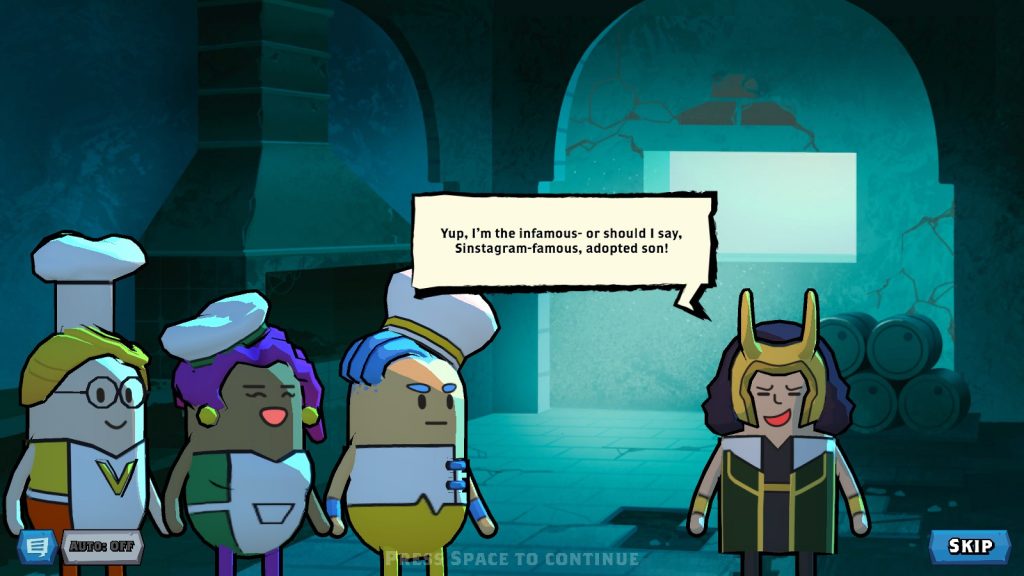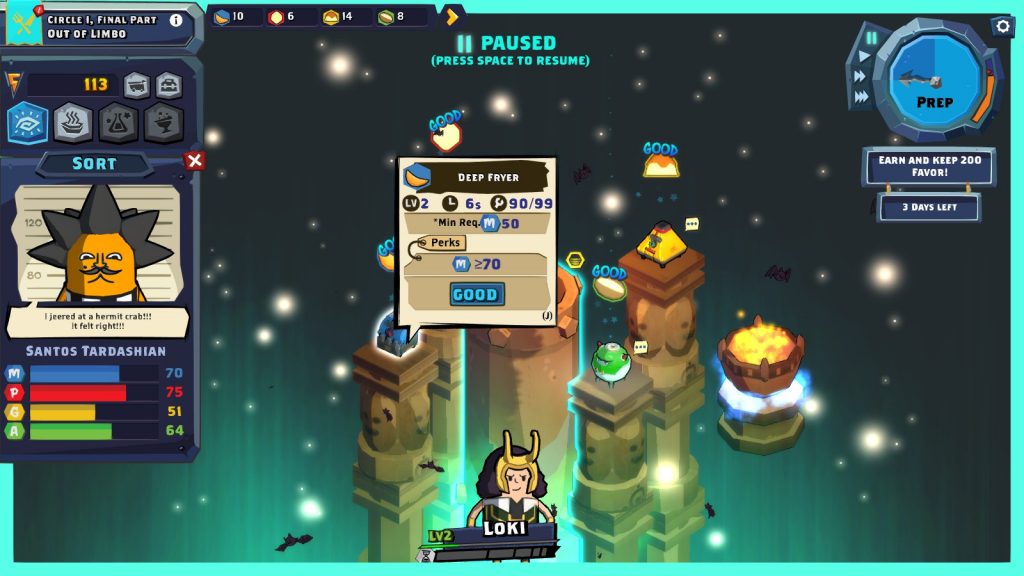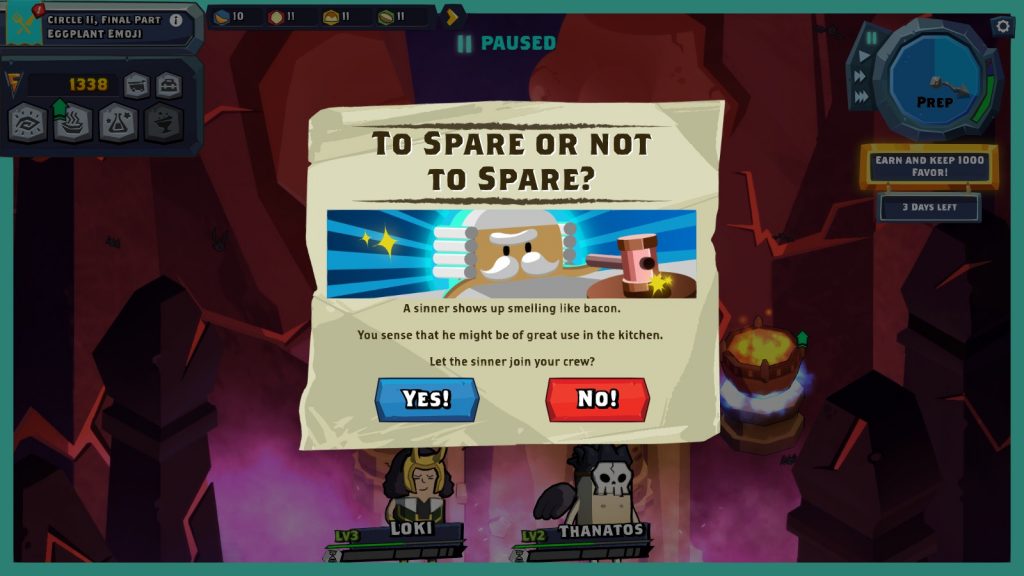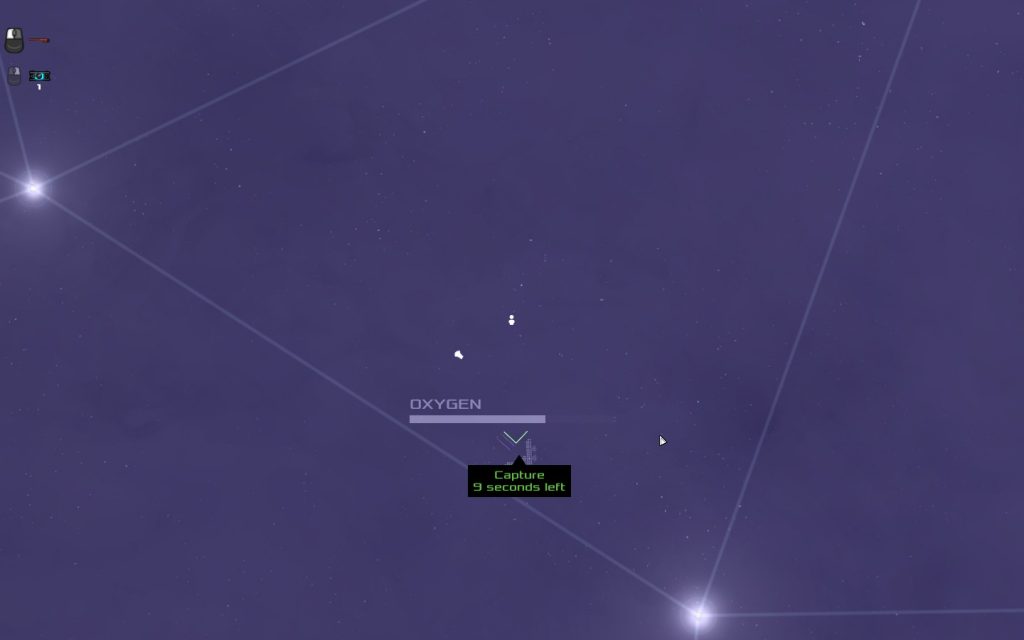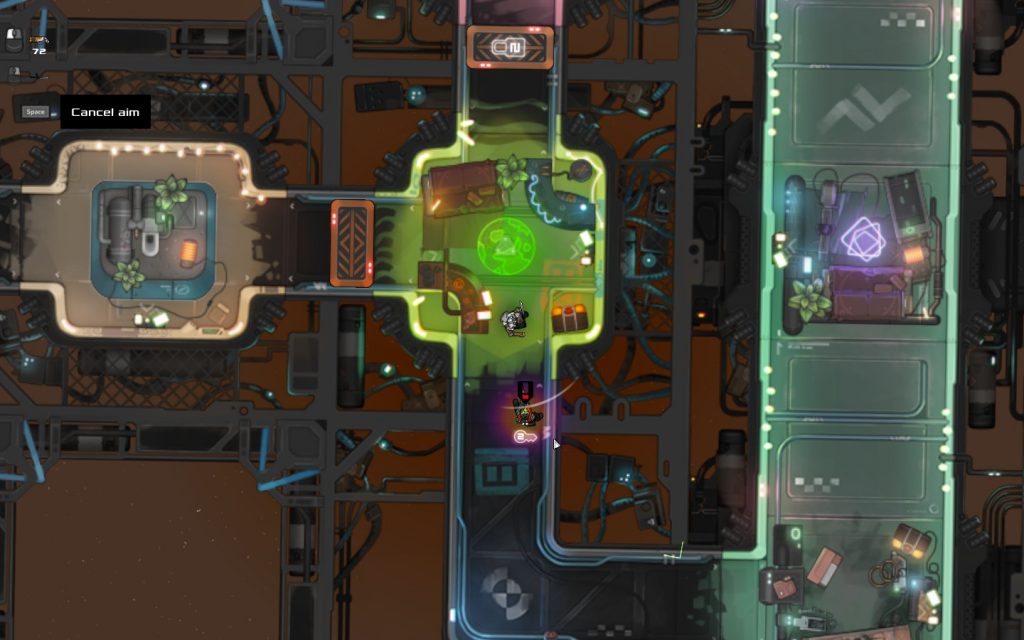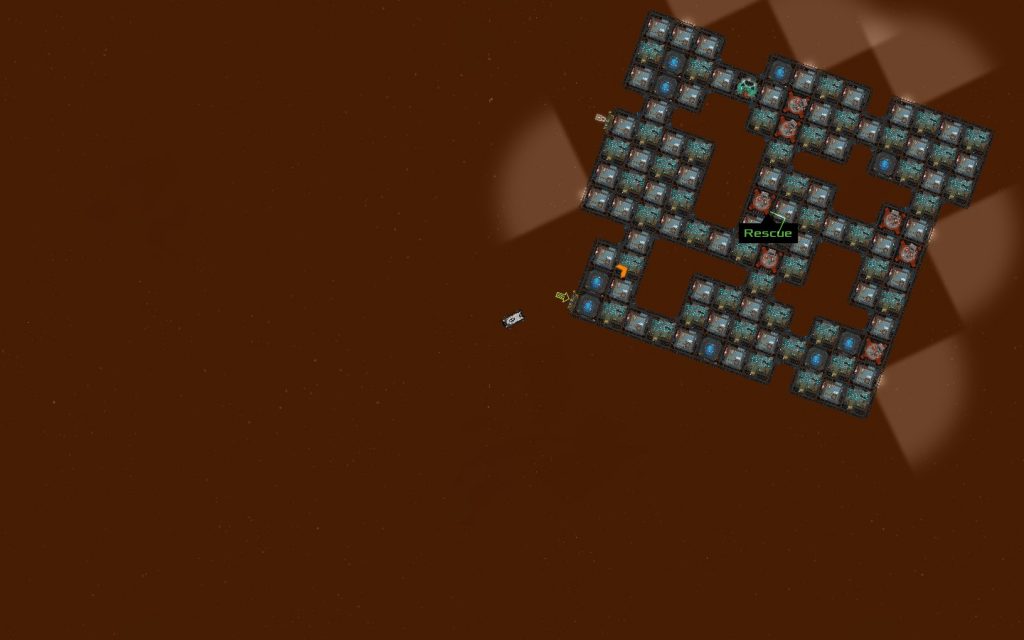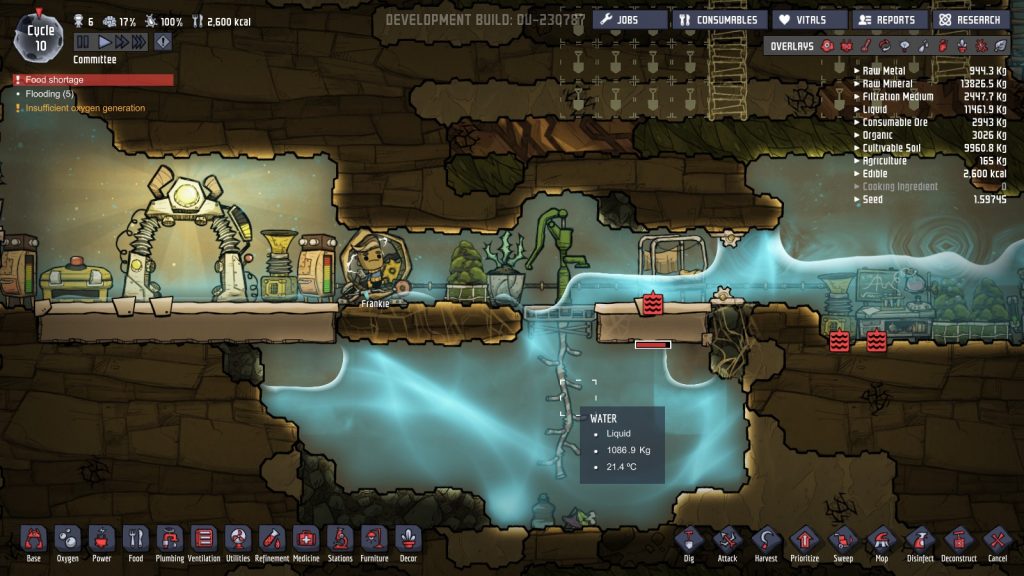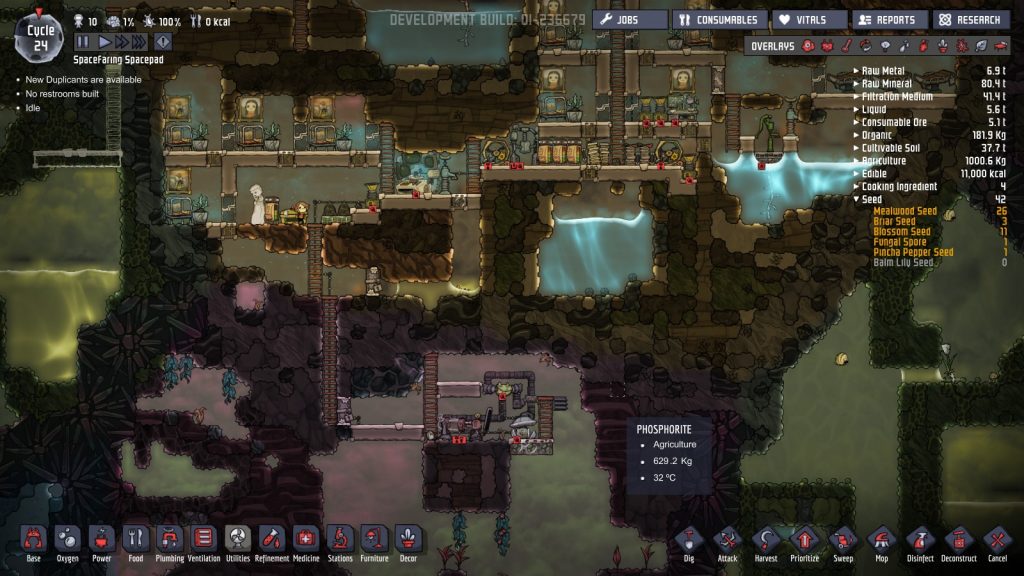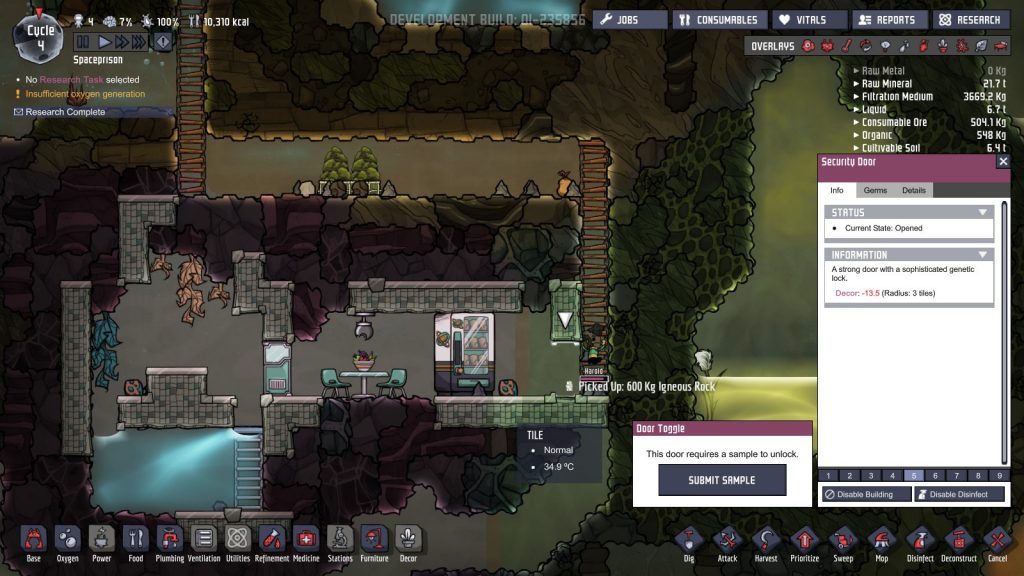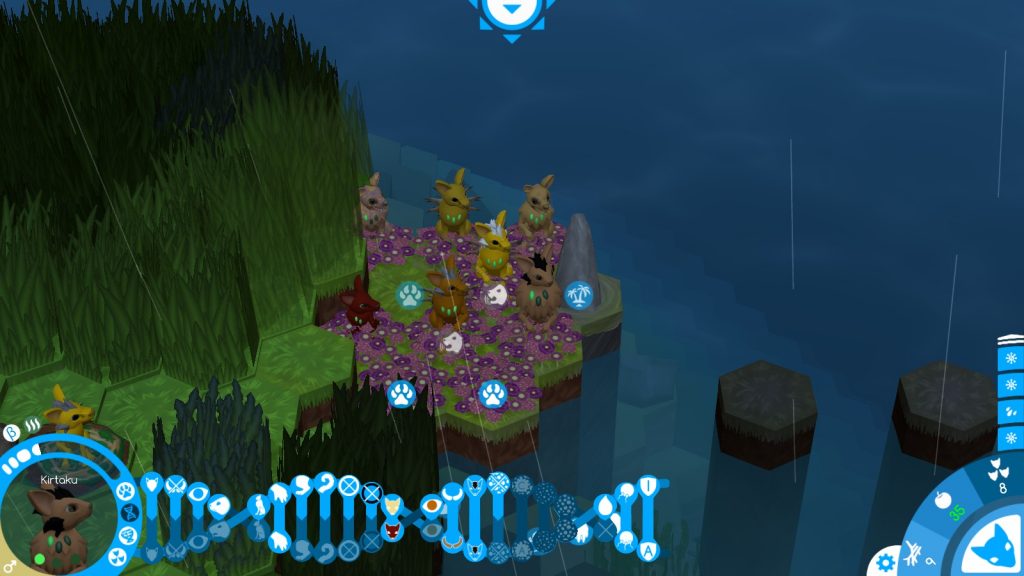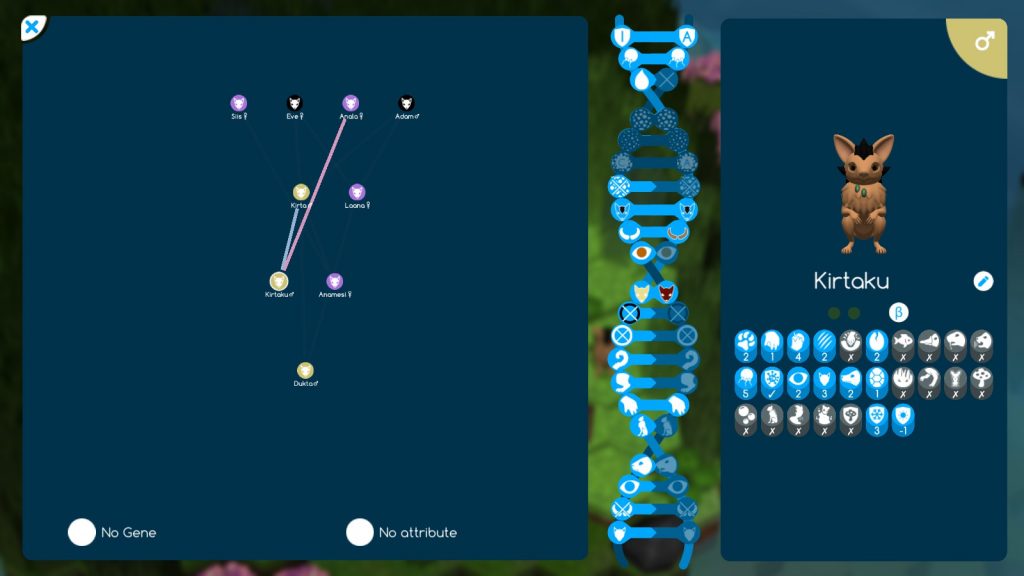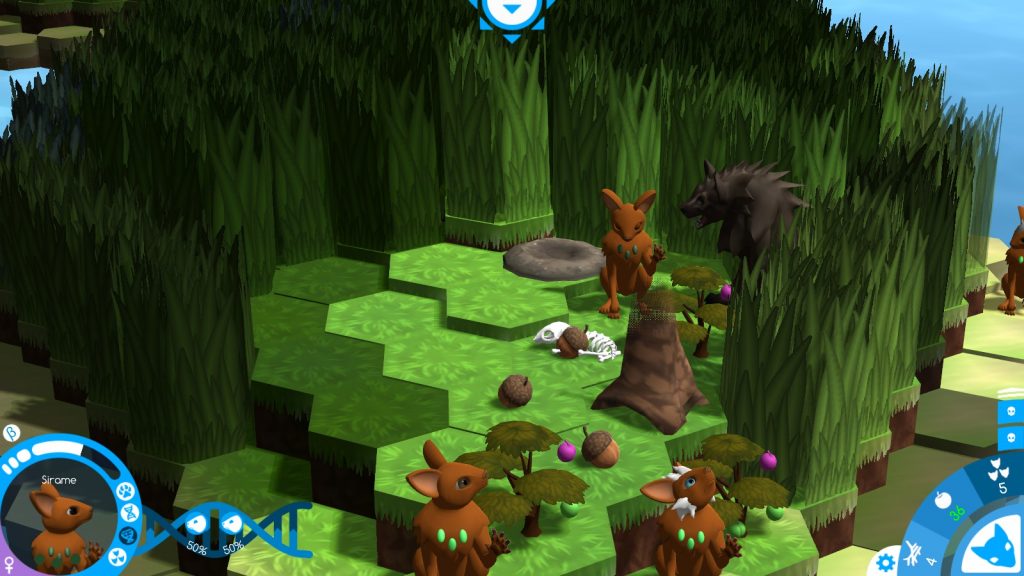MAIA (Early Access Review 2)

Source: Cashmoneys
Price: £17.98
Where To Get It: Steam
Version: 0.64
Other Reviews: Early Access
“Mr. Johnson, Aldis isn’t moving.”
“I say, not moving? Isn’t he perfectly fine with an 18 hour workday and sleeping on cold tile?”
“Er… I think he might be dead, Mr. Johnson.”
“Well, that’s a crap work ethic!”
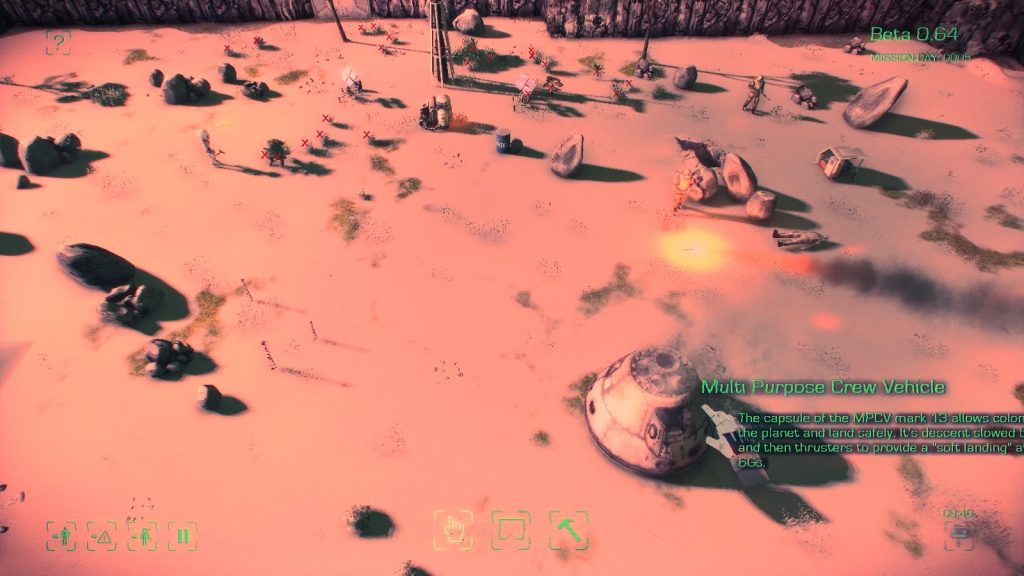
Pictured: A Crap Work Ethic
MAIA remains a Very British Game. What do we do when we have to concentrate on power, oxygen and food generation, and our colonists collapse? Why, we call down another one, every ten minutes, until the bally problem’s solved! Hurricanes? Oh, we’ll bunker down, we’ve done this before, and it’s not like we need all that oxygen right now. Or cooking. Or light. Twelve earthquakes in a row? Anybody dead or anything damaged? No? Well, carry on then.
It’s interesting just how dystopic it all is, from the improvements to the solar stills (Oh, we’ll just add this drug that helps keep colonists cool… Yes, it has nasty side effects if we use it too much, but naaaaah, that’d never happen!) to minor descriptions (The Body Storage, on mouse over, reveals that it is, in fact, the Snuff Box. Care for a pinch?)
But it works. There are, as you might expect from early access, still some bugs, and it’s a game that takes a while to get going, but nothing is insurmountable, and that’s nice. Yes, there will be things that seriously screw it up (If a megabeast decides your Geothermal Generator is the perfect place to scratch their back, well… Scratch one Generator), there will be obstacles, but everything has at least palliative solutions, if not always actual solutions. Air and heat, for example, are pretty quick to solve, and, even without beginning research, there are basic food solutions, you can meet your power needs (Especially if you happen to find some Geothermal vents near enough to build with), and your colonists…
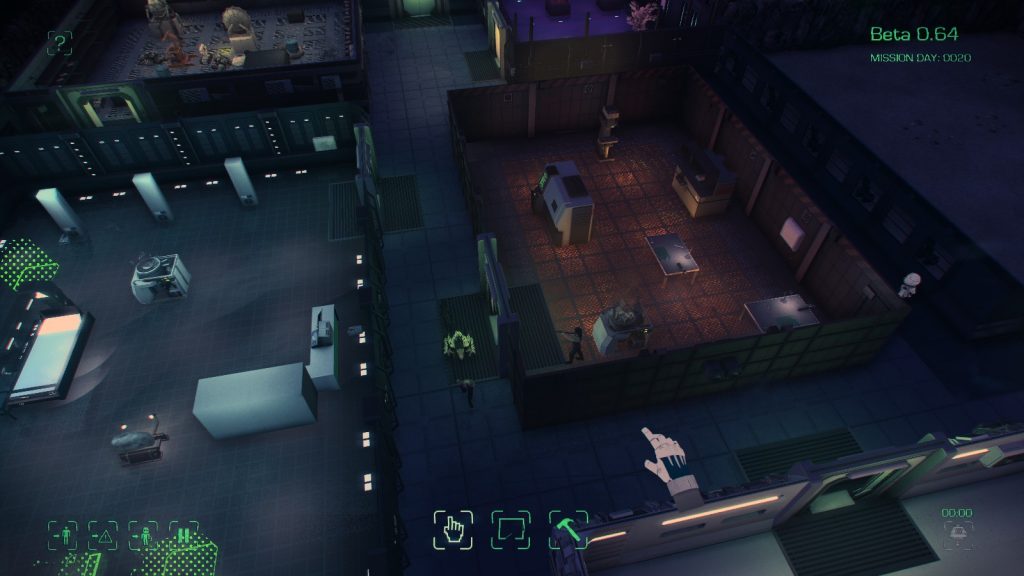
Since animal-proof locks were considered surplus to budget requirements, yes, the native flora can and will invade your base. Thankfully, *nobody* is truly defenseless.
…Well, they can be helpful. You’ll quickly spot the middle manager types, because not only don’t they do much, they have this tendency of calling for meetings or wanting to suggest plans. Meanwhile, others will try to make the IMPs (Your friendly mining droids) sentient, work on improving heat insulation, offer to set your crops on fire to solve a crop infection… And some of this, among other offers they make, are legitimately helpful. They even write nice little haikus and strange ambient tunes, when they feel like it.
Despite a sometimes slow pace to the game, I legitimately enjoy MAIA. It’s got a clear aesthetic, and due to the fact that, barring something that wipes out all your colonists within a 10 minute window, you can come back from disasters, it’s also a fairly pleasant ride.
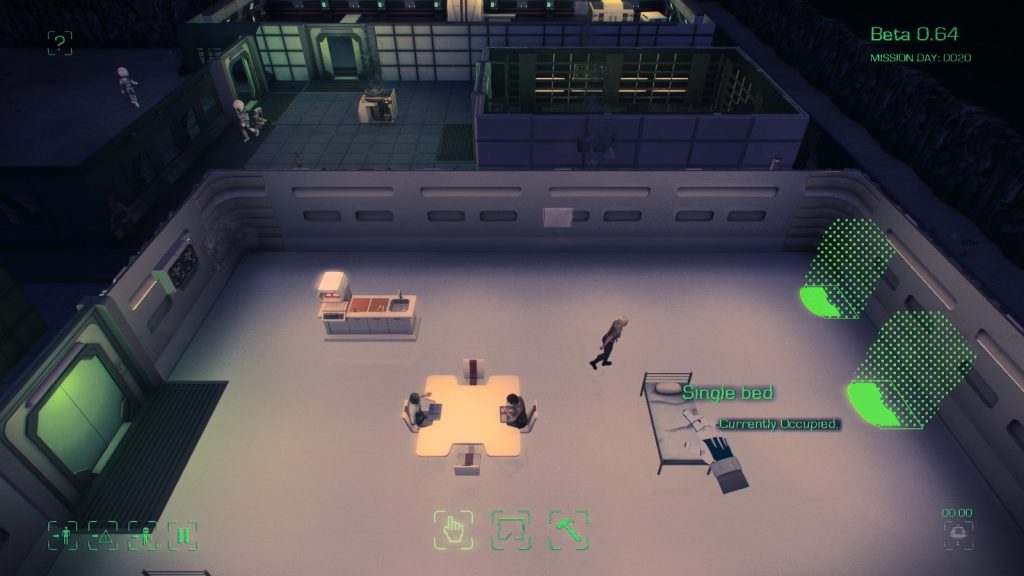
It is the far future. Space can be colonised, but nobody particularly wants to build a toilet. In spite of this, life has become good…
Welsh and villainous
I control your lives now
Dance gaily for me.


